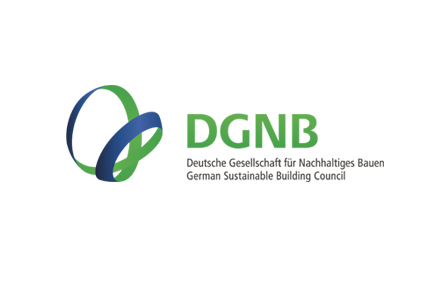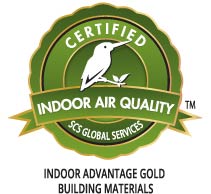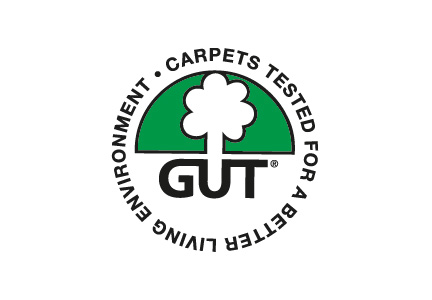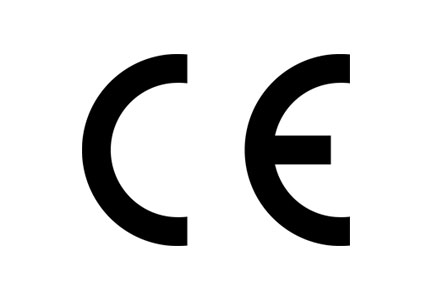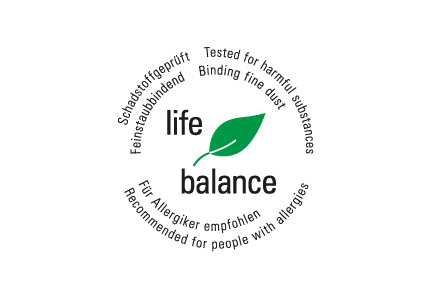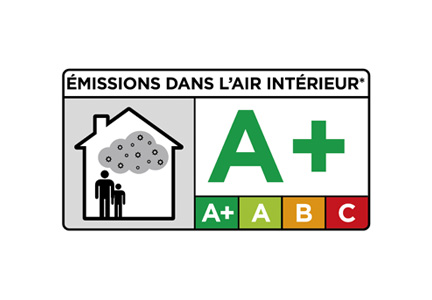ADDITIONAL FEATURES
The additional features indicate the special characteristics of the carpet floor covering. These are:
-
The suitability for wheels, which is especially important if the carpet floor covering is to be installed in a home office or a business office
-
The suitability for installation on stairs
-
The suitability for floor heating
-
The anti-static value of the carpet floor covering, which is especially important if it is to be installed in server rooms
-
The stability of the cut edge for textile floor coverings, which means edges and seams will not fray when cut, thus making the carpet better and easier to install
-
The stability describes how resistant the textile is to deformation after a steam or wet cleaning treatment. For carpet floor coverings with this illustration, the surface neither expands in length nor does it shrink after treatment.
Additional specifications: chair wheels, steps, floor heating, anti-static, cut edge stability and stability are visualised by a simple icon, whereby the compatibility with chair wheels and steps is visualised by a small additional house symbol in the illustration in the upper left corner. If no indication is providd, the floor covering is suitable for both homes and building spaces.

